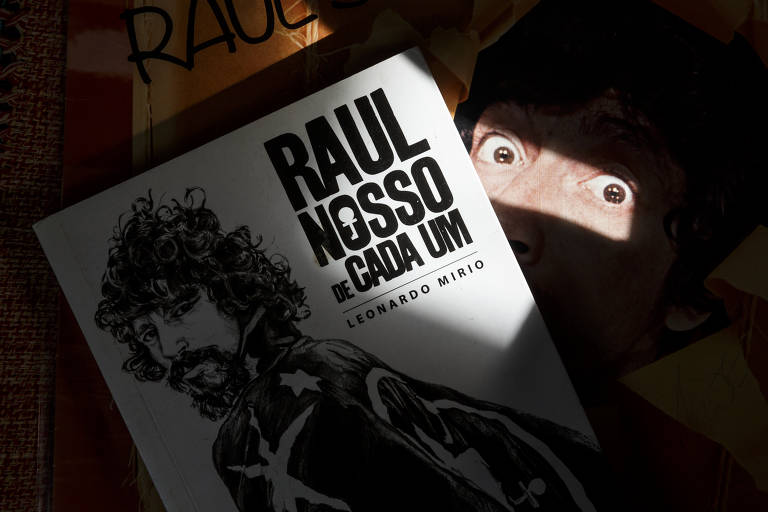What is the magic of the 1970s? Fifty years ago, Brazilian music changed in its structural and artistic terms. Some of the most important and celebrated records of national music are from that time, from Novos Baianos to Tim Maia, from Secos & Molhados to Martinho da Vila, from "Clube da Esquina" to Gal Costa, from Raul Seixas to Luiz Melodia, from Jorge Ben Jor to Beth Carvalho.
But, while these artists' talent is undeniable, the quality of the records of that time is closely related to the situation of the music industry in Brazil. The market took off in the 1970s. Record companies multiplied, and the consumer audience diversified in an unprecedented way.
Until the end of the 1960s, it is possible to say that those who consumed records in Brazil were the elite who lived in Rio de Janeiro and São Paulo. Data from Pró-Música, the former Brazilian Association of Record Producers, available since 1966, show 5.5 million records sold that year and 52.6 million in 1979 — an increase of almost tenfold.
“There will always be good music. But did this song become a record? Was it recorded? A song that would not have become a disc before, starts to turn during this period ”, says Eduardo Vicente, a researcher at the University of São Paulo who studies the Brazilian music industry.
After urban and modern movements such as bossa nova and tropicália, the moment was for mass consumption.
Translated by Kiratiana Freelon
